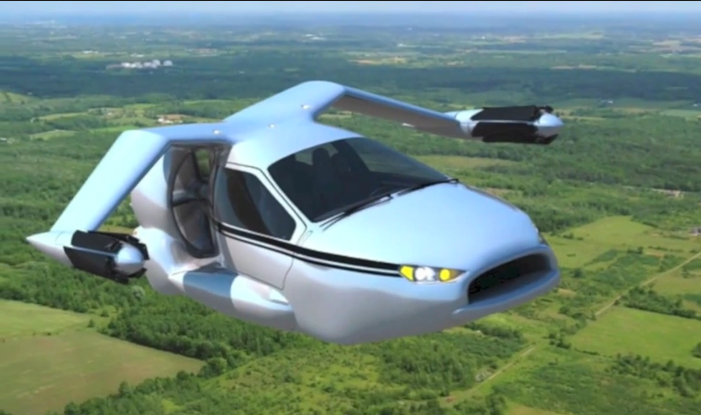Rocket scientists and aerospace engineers can pursue many types of jobs and career paths. There are many different types of companies that employ us. Sometimes, those aerospace engineers decide to create their own companies!
On Monday, February 23, 2015, I had the privilege to speak with Richard Gersh at Terrafugia. Richard is currently their Vice President for Business Development. He was the tenth person to join the company as an employee. He was also the first non-engineer that they hired. His background is in business and financial services, with a Masters in Education and an MBA.
Remember, it takes more than engineers and scientists to get a complex aerospace vehicle off the ground! We can benefit and learn from people from other backgrounds too. Enjoy this short interview which will give you an inside perspective into one of the most pioneering and exciting aerospace companies today.
Terrafugia was founded in 2006 by three engineers from MIT (Massachusetts Institute of Technology). Terrafugia (ter-ra-FOO-gee-ah) intends to catalyze a revolution in personal mobility. They will do this by creating a practical flying car. Terrafugia is derived from the Latin for “Escape the Earth”. Their motto is We’re Driven to Fly.™ See more at: http://www.terrafugia.com/about
I spoke with Richard over the phone. Here is an edited and condensed transcript of our conversation. Let me know what you think and what value this has for you with a comment below! My sincere thanks to Richard for taking the time to share his insights and perspective!
Brett Hoffstadt: Please share the current status and projection for certification and delivery of your aircraft at Terrafugia.
Richard Gersh: The Transition® will be our first aircraft. [The TF-X™ is their second.] It is being designed, built, and certified as a Light Sport Aircraft (LSA). That means we will self-certify it under FAA rules. As an automobile, the process in the United States is also one of self-certification. [When you build a flying car, you need to design, build, and certify for both configurations and conditions!] We will have our certification in place for our first delivery, which is two years away—in 2017. [To learn more about the Transition® and place an order for what has every indication of being the world’s first production flying car, go here.]
Brett: The Team page on your website lists six values you have in Terrafugia. (They are Innovation, Integrity, Excellence, Passion, Creativity, Camaraderie, and Quality.) How do these get identified and expressed in your people?
Richard: We are using multiple engineering disciplines and technologies together like carbon fiber construction, electrical systems, and more.
We are a small, innovative, creative company. What we do is new, unique, and creative. Everybody multitasks at Terrafugia. Meaning, they perform multiple roles and functions. They have a core function, but they also do whatever is needed. When I started, I also did administrative tasks and assisted with the flight test program.
We want people who are creative, intellectually and with their hands. We are getting to the point where we need specialists. But so far everyone has to be a generalist.
The next question for Richard was about innovation, and how engineers can do a better job with that. To read his answer, head over to read Are You Innovative Enough to Build a Flying Car? on EngineerYourInnovation.com.
Thanks again for Richard and the team at Terrafugia for leading the way with flying cars!
If this sounds like the kind of company that needs a person like you, and you would love to work for, check out the Terrafugia Careers page to see who & what they are looking for.
Was this short interview interesting and helpful to you? Please let me know with a comment below!
